Glycerin Purification Plant
We believe in providing top quality workmanship and are so confident in our level of service that we back.
We believe in providing top quality workmanship and are so confident in our level of service that we back.
A Glycerin Purification Plant is a specialized facility designed to remove impurities from sweet water, which is a byproduct of processes like fat splitting, soap lye production and biodiesel manufacturing. The plant ensures that the water is purified to a high standard, making it suitable for reuse in various industrial applications.

Glycerin from the splitting tower is heated to approximately 60 - 70 degrees Celsius using steam in the Heater. It then enters the reaction vessel where chemicals like Alum, Sodium Hydroxide, Ferric Chloride, and HCl are added. Agitation with air in the reaction vessel facilitates chemical reactions with impurities, forming a precipitate.
The treated water passes through a filtration system where filter cloths capture precipitated impurities. Crude glycerin, if present, is separated and collected in an intermediate tank. Filter cloths are regularly changed and recycled to maintain efficiency.

Utilizes Alum, Sodium Hydroxide, Ferric Chloride, and HCl for effective impurity removal.

Ensures thorough mixing and precise filtration to achieve purified water and recover valuable by-products.

Supports diverse industrial processes requiring clean water inputs.

Strategies to ensure proactive domination. At the end of the day,User generated content in real-time will have multiple touchpoints for offshoring.




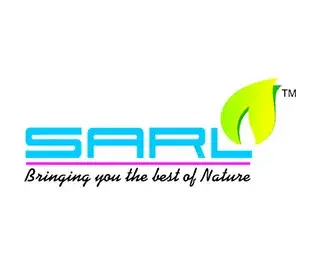

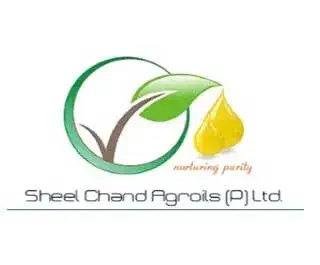
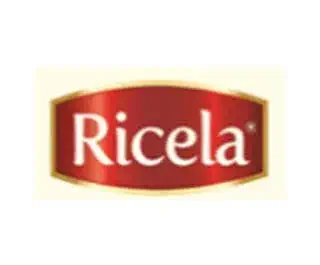
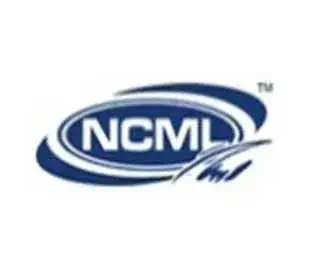


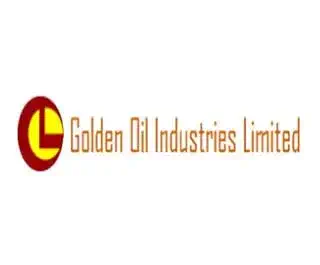




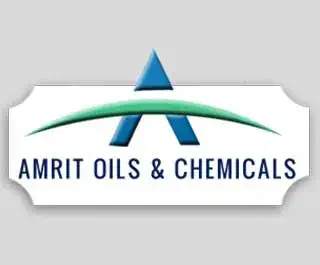
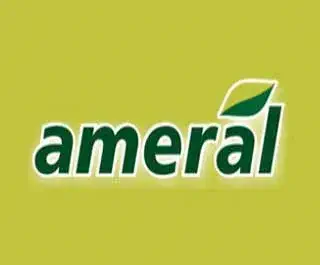

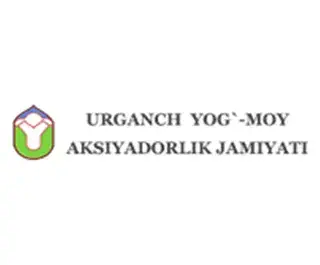



March 15, 2025
October 20, 2024
Discover some of the most asked questions regarding Glycerin Purification Plant.
The Glycerin Plant in India by Muez Hest is designed to remove impurities from Glycerin derived from sources such as fat splitting, soap lye, and biodiesel production, ensuring the production of high-quality purified water for industrial use.
The Glycerin is heated to approximately 60 – 70 degrees Celsius using steam in the Heater.
The chemicals used include Alum, Sodium Hydroxide, Ferric Chloride, and Hydrochloric Acid (HCl).
Impurities are removed by adding chemicals that react with the impurities, forming a precipitate. Air agitation in the reaction vessel helps facilitate these chemical reactions.
The precipitated impurities are captured by filter cloths in the filtration system, ensuring that only purified water passes through.
If crude glycerin is present, it is separated from the treated water and collected in an intermediate tank.
Filter cloths are regularly changed and recycled to maintain the efficiency of the filtration process.
The key features of the Glycerin Purification Plant in India include efficient chemical treatment using Alum, Sodium Hydroxide, Ferric Chloride, and HCl, thorough mixing and filtration processes, and versatile applications for various industrial processes requiring clean water inputs.
It is commonly used in industries involved in fat splitting, soap production, and biodiesel manufacturing, where high-quality purified water is essential.
The plant’s efficient agitation and filtration processes ensure the recovery of valuable by-products like crude glycerin while achieving purified water.